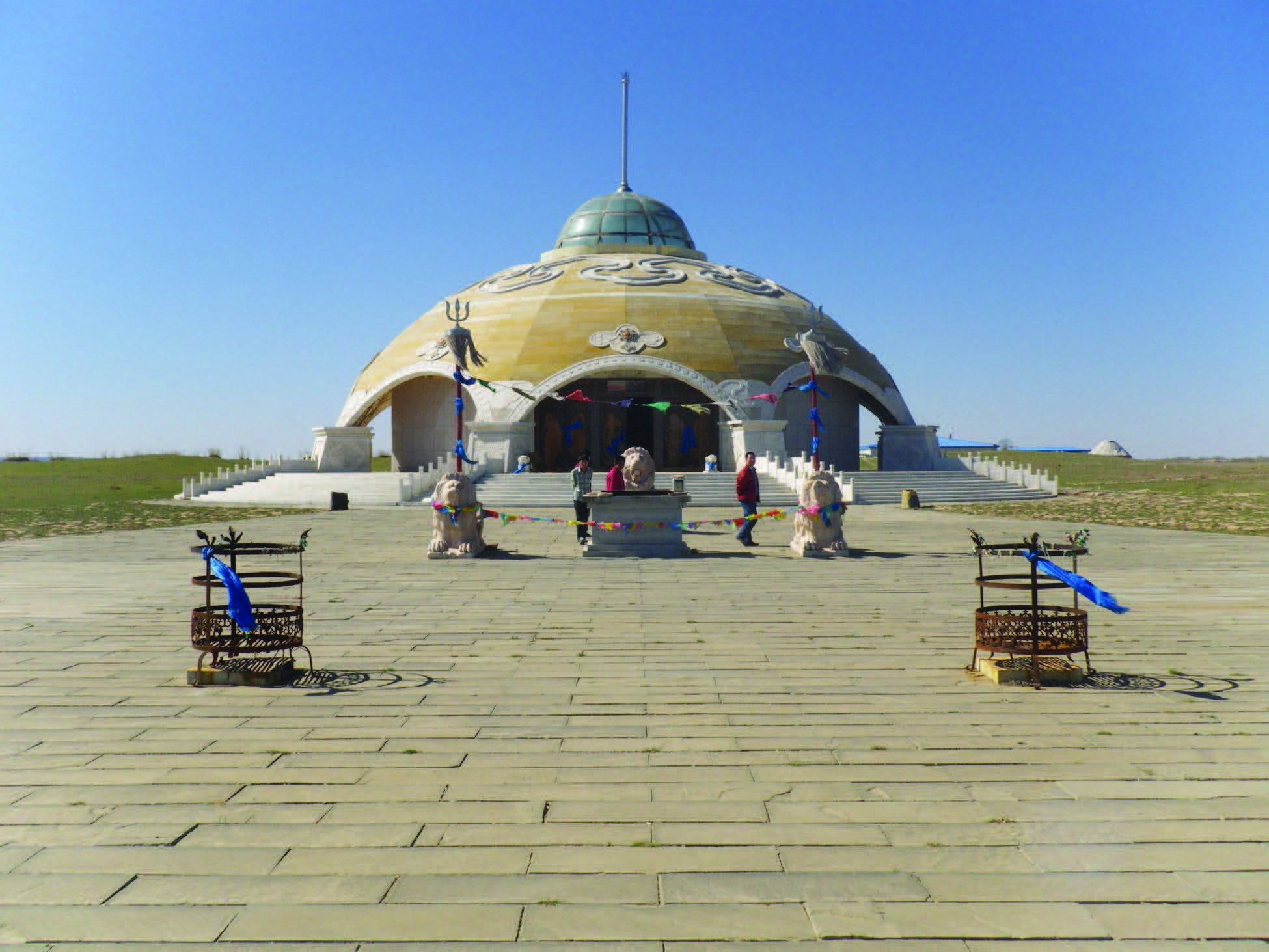
 1) The American Solidarity Party (ASP), which describes itself as “based in the tradition of Christian democracy” has been gaining members and has even won some election victories since the 2020 election cycle. Started in 2016, the party sees itself as espousing much of Catholic social teachings, even though it is open to those of all religions and to nonbelievers. The party’s platform rests on seven foundational principles, all built on the theme of solidarity: the sanctity of life, social justice, community-oriented society, the centrality of the family, economic security, care for the environment, and peace and international solidarity. It opposes abortion, capital punishment, and the creation of pornography supports universal health care, and champions an economic model known as “distributism,” which is based on widespread ownership of production assets. Exact membership numbers are not disclosed but interim executive director Tony Guidor said the party’s membership doubled within the 2020 election cycle alone. Brian Carroll, the party’s 2020 presidential candidate, earned more than 42,000 votes nationwide, some six times the number of votes received by the party’s inaugural presidential candidate four years earlier. Even though most parties’ memberships decline after an election, the ASP’s grew by another 10 percent since the 2020 election ended.
1) The American Solidarity Party (ASP), which describes itself as “based in the tradition of Christian democracy” has been gaining members and has even won some election victories since the 2020 election cycle. Started in 2016, the party sees itself as espousing much of Catholic social teachings, even though it is open to those of all religions and to nonbelievers. The party’s platform rests on seven foundational principles, all built on the theme of solidarity: the sanctity of life, social justice, community-oriented society, the centrality of the family, economic security, care for the environment, and peace and international solidarity. It opposes abortion, capital punishment, and the creation of pornography supports universal health care, and champions an economic model known as “distributism,” which is based on widespread ownership of production assets. Exact membership numbers are not disclosed but interim executive director Tony Guidor said the party’s membership doubled within the 2020 election cycle alone. Brian Carroll, the party’s 2020 presidential candidate, earned more than 42,000 votes nationwide, some six times the number of votes received by the party’s inaugural presidential candidate four years earlier. Even though most parties’ memberships decline after an election, the ASP’s grew by another 10 percent since the 2020 election ended.
The party has found particular appeal in Michigan, California (which has the biggest chapter), and South Bend, Indiana, home of the University of Notre Dame. “I think that real, authentic growth of a political movement, or any movement, happens at a lower level. It happens in a city, in a church. It happens in a network of people around friendships and in a relationship,” Guidor says. Charles Camosy, a professor at Fordham University, said that one goal of the ASP is to help break apart a left/right political binary in which people define their views, and themselves for that matter, in antagonism toward those on the other side. And he views another function of the party as trying to “force the major parties to appeal to us and our values,” he added. “Already the idea of a ‘solidarity Republican’ (maybe someone like Congressman Fortenberry of NE) or a ‘solidarity Democrat’ (maybe someone like Governor Bel Edwards of LA) is starting to take root in some places.” So far, the party has had a few local victories, including members being elected to the roles of mayor in a city in Pennsylvania and a board of education member in a town in Connecticut. It is also running a candidate in California’s gubernatorial runoff election, Dr. James Hanink. To have a strong effect in states and nationally would require building membership, fundraising, and running campaigns, as well as enacting electoral reforms that make it more feasible to have alternatives to the entrenched two-party system. (Source: The Pillar, July 16)
 2) The charter meeting of the Jewish Psychedelic Summit, which met on Zoom in May, is one sign of the interest that various religious groups are showing in psychedelic substances, such as LSD and mushrooms, as these find new acceptance in the medical world. The meeting, drawing almost 1,500 people, testifies to the decades-long involvement of some Jewish people in advocating and using psychedelic substances as a source of spiritual enlightenment and experience. Much of the impetus for the summit and the wider movement to draw on psychedelic substances to enhance Jewish experience and practice comes from the Jewish Renewal movement and its architects, such as Rabbi Arthur Green and Reb Zalman Schachter-Shalomi, who experimented early with LSD and psilocybin. The summit was co-founded by Natalie Goldberg of the Multi-disciplinary Association for Psychedelic Studies, writer Madison Margolin, and Rabbi Zac Kamenetz of Shefa, a group seeking to integrate psychedelic use into the Jewish spiritual tradition. The main focus of the summit was showing how Jewish mysticism and psychedelics complement each other, providing unique interpretations of traditional teachings—such as how Adam’s fall from union with God should lead to efforts at spiritual repair and restoration from historical Jewish trauma (from the destruction of the Temple to the Holocaust) through use of these substances. There was also an attempt to trace how ancient Judaism made room for the use of entheogens (substances that occasion a spiritual experience), such as poppies, wormwood, and plants like acacia. (Source: The Tablet, July 26)
2) The charter meeting of the Jewish Psychedelic Summit, which met on Zoom in May, is one sign of the interest that various religious groups are showing in psychedelic substances, such as LSD and mushrooms, as these find new acceptance in the medical world. The meeting, drawing almost 1,500 people, testifies to the decades-long involvement of some Jewish people in advocating and using psychedelic substances as a source of spiritual enlightenment and experience. Much of the impetus for the summit and the wider movement to draw on psychedelic substances to enhance Jewish experience and practice comes from the Jewish Renewal movement and its architects, such as Rabbi Arthur Green and Reb Zalman Schachter-Shalomi, who experimented early with LSD and psilocybin. The summit was co-founded by Natalie Goldberg of the Multi-disciplinary Association for Psychedelic Studies, writer Madison Margolin, and Rabbi Zac Kamenetz of Shefa, a group seeking to integrate psychedelic use into the Jewish spiritual tradition. The main focus of the summit was showing how Jewish mysticism and psychedelics complement each other, providing unique interpretations of traditional teachings—such as how Adam’s fall from union with God should lead to efforts at spiritual repair and restoration from historical Jewish trauma (from the destruction of the Temple to the Holocaust) through use of these substances. There was also an attempt to trace how ancient Judaism made room for the use of entheogens (substances that occasion a spiritual experience), such as poppies, wormwood, and plants like acacia. (Source: The Tablet, July 26)
3) A.I. and Faith is an interfaith coalition of tech executives, artificial intelligence researchers, theologians, ethicists, clergy, and engineers that seeks to apply faith-based ethics to this expanding technology. The coalition was started in 2017 by David Brenner, a retired risk-management lawyer, and has since grown to include more than 80 individuals of different faiths, mainly based around the Seattle area but also located in far-flung areas of Istanbul, Oxford, Brussels, and Nairobi. The group brings together varied and often conflicting views to discuss the ethical implications of A.I., an area of concern that has been neglected in the global tech world. Brenner, who grew up evangelical though describing his affiliation now as “cross-denominational,” became concerned about the ethical and spiritual vacuum he saw in writings about A.I., where religion and the religious individual are portrayed as being superseded by humans with god-like powers creating a religion based on data. He sees the organization as building bridges and serving as a moderating force that can help keep tech workers from thinking they need to “reinvent the wheel” of human morality and help them resist the allure of unbounded profits. The coalition’s work has a self-preservationist dimension as it seeks to ensure that the texts and traditions of the world’s religions are not discarded in the rush to embrace a remade world. More specific issues that the group addresses include the prospects of greater surveillance, disenfranchisement of those without A.I. technology, and even understanding the new dilemmas and spiritual questions that come from interacting with A.I. programs such as Alexa and Google. Brenner and his colleagues are planning to create a faith-based introductory curriculum for congregations and tech workers as an aid for mutual understanding and bridge-building. It will include videos of a pastor, a rabbi, and a Muslim engineer, discussing why congregations need to take a more active role in approaching ethics and A.I. (Source: New York Times, July 18)

4) Claiming to be an ancient monotheistic cult of the sky and a return to the alleged ancient religion of the Turkic people, Tengrism has been articulated since the 1990s by small intellectual circles in Kazakhstan and Kyrgyzstan, as well as in several national republics of the Russian Federation, including Tatarstan and BuryaYa. “functioning primarily as an intellectual trend for cultured urban elites, it is intended to be a religion of the reborn nation,” writes researcher and author Marlene Laruelle. In Tatarstan, Tengrism has been supported by advocates of an anY-Muslim Tatar nationalism. On the other hand, in Bashkortostan, the Chief Muti expressed a favorable view of Tengrism, which he saw as the purportedly most ancient monotheistic religion and a precursor of Islam—a view not shared by mainstream Muslim leaders. In Kazakhstan, Laruelle explains, “the Muslim Spiritual Directorate has refused any syncretic bringing together of Islam and Tengrism,” although this does not discourage advocates of Tengrism from seeing it as the foundation of the uniqueness of Kazakh civilization. According to Laruelle, “it is in Kyrgyzstan that the Tengrist movement has achieved the highest visibility,” with aspirations of competing with Islam for the status of the national religion, along with unsuccessful attempts at developing a state ideology based on Tengrist views.
In response, some Islamic leaders have also attempted to present Islam as a form of ethnic faith specific to the Kyrgyz or at least tried to stress the existence of a specifically Kyrgyz Islam. “We call ourselves Muslims, but we are Muslims with distinctive features,” stated the former director of the State Agency for Religious Affairs of Kyrgyzstan in 2006. Laruelle understands Tengrism as a Eurasian version of New Age, claiming to offer a comprehensive cosmology adapted to the modern world and combining eclectic sources and inspirations. Its supporters also emphasize the supposedly environment-friendly attitude of Tengrism, blaming Christianity and Islam for distorting the relationship between human beings and nature. Moreover, “Tengrist followers insist on a direct, unmediated link between humans and the divine; Tengrism is a faith without a prophet, without a holy text, without any insYtuYonalized place of worship, without clergy, without dogma or interdicts, without rites and prayers…They do also find in the (invented) religion of Tengrism the resource for exhaling the ethnic past of the nation and defending it against both Russian and Western influences. Freeing the nation from a foreign religion and reviving ethnic faith is thus advocated as the last step toward full, sovereign nationhood.” (Source: Marlene Laruelle in a chapter on Tengrism in her new book, Central Peripheries: Nationhood in Central Asia, UCL Press)

Temple dedicated to Genghis Khan, in the Mu-Us Desert in Inner-Mongolia, China (source: Enrique Bendicho, Wikimedia, Creative Commons Attribution-Share Alike 4.0 International license).